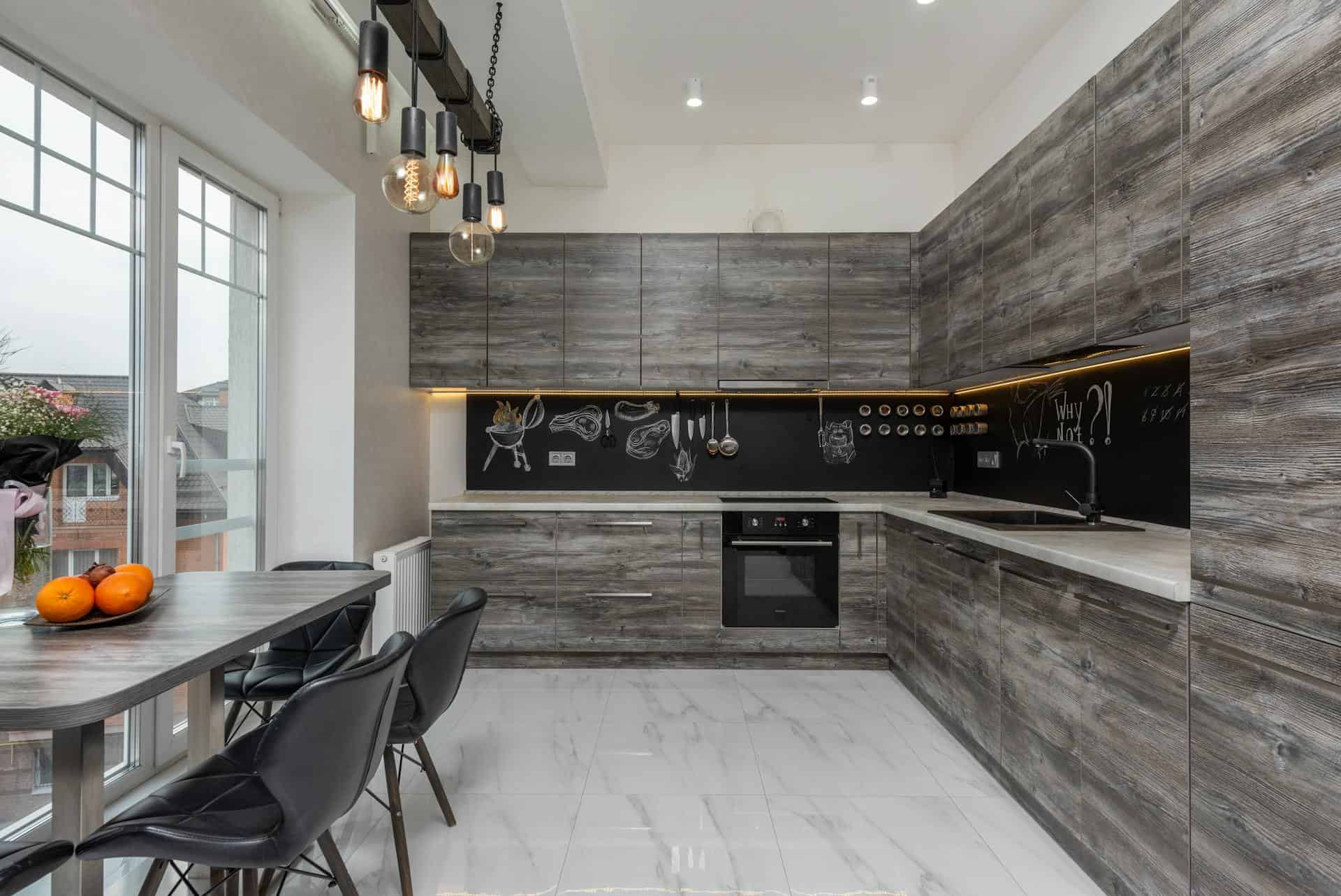
Question: Can You Make a Normal Fridge Built-In?
Answer: No, you shouldn’t make a normal fridge built-in. Standard refrigerators require air circulation around them. Built-in models are designed specifically for enclosed spaces.
Integrating a Standard Refrigerator: A Feasible Project?
Many homeowners desire the sleek, integrated look of built-in appliances. This streamlined aesthetic enhances kitchen design, creating a cohesive and modern space. Refrigerators often serve as a focal point, making the question of built-in integration a popular one. Can you achieve this integrated look with a standard refrigerator? This article addresses this common question, exploring the possibilities, challenges, and important considerations for this type of project.
We will examine the key differences between standard and built-in refrigerators, exploring factors like size, ventilation, and installation requirements. Understanding these distinctions will help you determine the feasibility of integrating a standard refrigerator and guide your decision-making process. This information empowers homeowners to make informed choices about their kitchen renovations, balancing aesthetics with practicality and budget.
Refrigerator Types
Standard refrigerators, commonly found in most homes, offer a wide range of sizes and features at various price points. They are designed for freestanding installation, allowing for flexibility in placement. Built-in refrigerators, conversely, are specifically engineered for integration into cabinetry. They possess precise dimensions and front-venting systems, facilitating a flush fit.
Their design prioritizes seamless integration with surrounding cabinetry. This often results in a higher price tag compared to standard models. Understanding these key differences is crucial when considering integrating a standard refrigerator into a built-in setup.
Choosing the right type depends heavily on your budget and the specific design you envision for your kitchen.
Click here for more information on cabinet refacing near me Toronto
Related Article: How Long Do Built-In Refrigerators Last?
Related Article: Can You Replace a Built in Fridge?
Cabinetry Modifications
Modifying existing or building new cabinetry requires careful planning and precise measurements. You must account for the refrigerator’s dimensions, including depth, width, and height, plus required ventilation space. Inadequate ventilation can lead to overheating and reduced appliance lifespan.
Creating a frame around the refrigerator allows it to sit within the cabinetry, providing a more integrated appearance. This frame must offer sufficient structural support for the refrigerator’s weight and ensure proper airflow. Precise measurements and careful construction are essential for a successful outcome.
Building a custom frame requires expertise in carpentry and a thorough understanding of refrigerator ventilation requirements.
Ventilation Considerations
Proper ventilation is paramount for any refrigerator, especially when integrating a standard model into a built-in setup. Standard refrigerators typically vent from the back, requiring ample clearance for heat dissipation. Restricting airflow can lead to overheating, reduced efficiency, and ultimately, appliance failure.
If you modify cabinetry for a built-in look, ensure adequate ventilation pathways to prevent these issues. Consult the refrigerator’s manufacturer specifications for recommended clearances and ventilation requirements.
Cost and Feasibility Analysis
The cost of integrating a standard refrigerator into a built-in setup can vary significantly depending on the extent of modifications required. Factors influencing cost include cabinetry alterations, ventilation solutions, and installation labour. In some cases, the cumulative cost may approach or even surpass the price of purchasing a dedicated built-in refrigerator.
A thorough cost analysis is essential before starting this type of project. Weigh the costs against the desired aesthetic outcome and consider the potential challenges involved. This assessment helps determine the project’s feasibility and ensures your budget aligns with your goals.
Carefully consider the long-term implications and potential resale value of your chosen approach.
Can You Make a Normal Fridge Built-In?
Transforming a standard refrigerator into a built-in appliance presents a unique set of challenges. While achievable, it demands careful planning, precise measurements, and potentially significant modifications to your existing kitchen layout. Addressing ventilation concerns and ensuring the refrigerator’s longevity requires meticulous attention to detail.
While the allure of a seamless, integrated kitchen is undeniable, the practicalities of such an undertaking should be thoroughly considered. This includes evaluating the financial implications of modifications compared to investing in a purpose-built integrated refrigerator. Ultimately, the decision hinges on a balanced assessment of your aesthetic aspirations, budget, and the intricacies of the installation process.
Alternatives to Built-In Conversion
If the challenges of converting a standard fridge seem excessive, explore alternative solutions that provide a similar aesthetic. Panel-ready refrigerators offer a compromise, designed to accept custom panels that match your cabinetry. This creates a cohesive look without requiring extensive modifications.
Another option involves strategically positioning your freestanding refrigerator within the kitchen layout to minimize its visual prominence. Carefully selecting cabinetry and surrounding décor can help integrate the fridge into the overall design. This approach can achieve a more integrated look without the complexities of a full conversion.
Conclusion
Integrating a standard refrigerator into a built-in setup is possible but requires careful planning and execution. Consider the challenges regarding ventilation, size differences, and potential costs. Thoroughly research the feasibility and cost-effectiveness before proceeding. Compare the expense of modifications with the price of a dedicated built-in model.
Evaluate your priorities: a seamless aesthetic, budget constraints, and the complexity of the project. With careful planning and execution, you can achieve a stylish and functional kitchen that meets your needs. Explore alternative solutions like panel-ready refrigerators or strategic placement to achieve a similar integrated look without extensive modifications.

Blue Malue Get in touch with Blue here.
